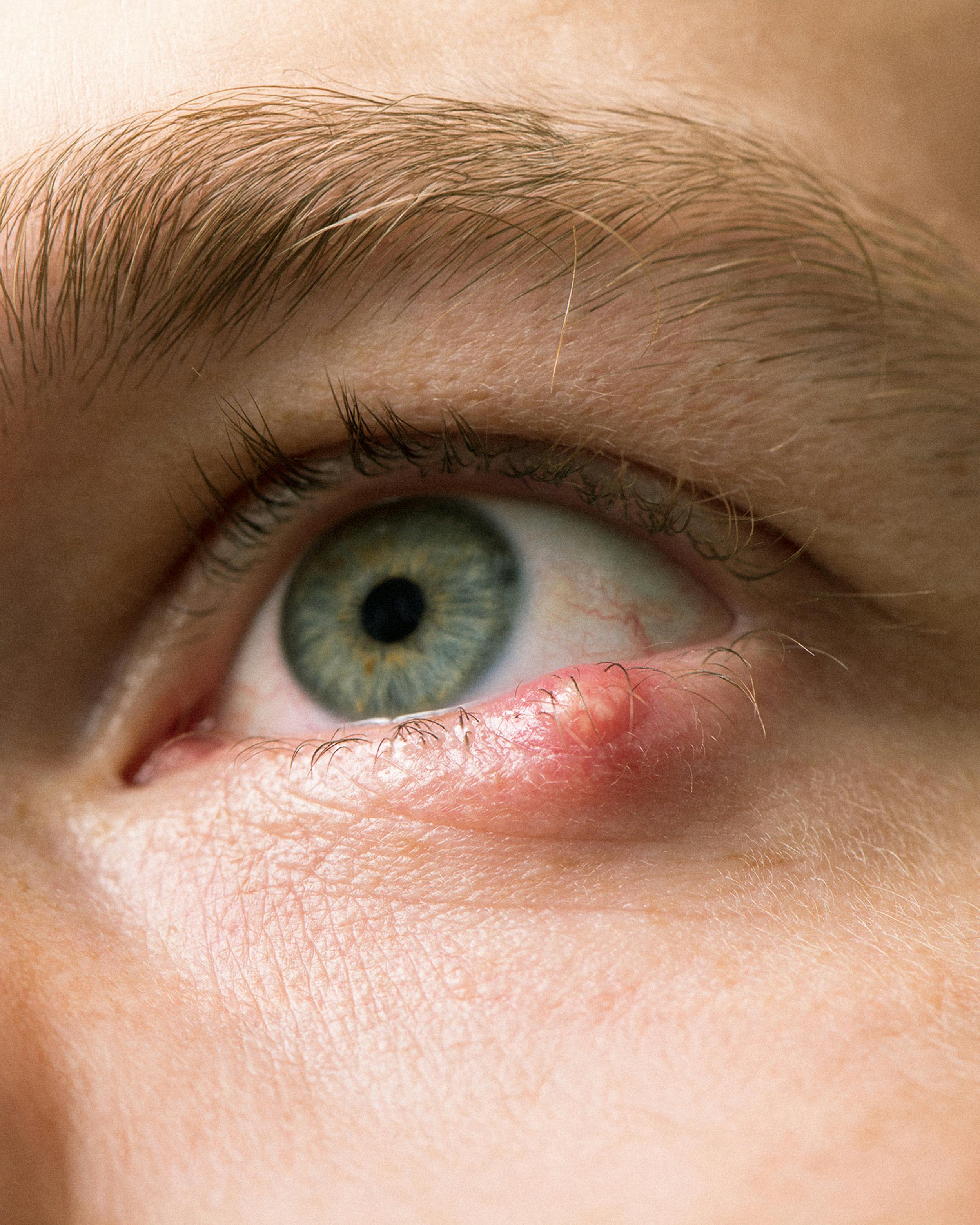
Eyelid lumps
What are eyelid lumps?
Eyelid lumps are common growths or swellings that appear on or around the eyelid. While most are benign, they can cause discomfort, irritation, or cosmetic concerns. Some lumps resolve on their own, but others may require medical treatment or removal.
Types of eyelid lumps
Eyelid lumps can vary in size, appearance, and cause. The most common types include:
- Chalazion: A painless lump caused by a blocked meibomian gland.
- Stye (Hordeolum): A red, painful swelling usually caused by a bacterial infection of the eyelash follicle or oil gland.
- Xanthelasma: Soft, yellowish plaques that develop due to cholesterol deposits under the skin.
- Cysts: Small fluid-filled sacs that form on the eyelid.
- Papilloma: A benign growth that can develop on the eyelid skin.
- Basal Cell Carcinoma: A type of skin cancer that may appear as a persistent, slow-growing lump on the eyelid.
Symptoms of eyelid lumps
Symptoms depend on the type of lump but may include redness, swelling, tenderness, irritation, or, in some cases, blurred vision if the lump presses against the eye. Some lumps may cause excessive tearing or sensitivity to light.
What causes eyelid lumps?
Eyelid lumps can be caused by blocked oil glands, bacterial infections, chronic inflammation, high cholesterol, or prolonged sun exposure. Poor eyelid hygiene and contact lens use can also increase the risk.
How are eyelid lumps treated?
Treatment depends on the type of lump. Some may resolve on their own with warm compresses and gentle massage. Infections may require antibiotic eye drops or ointments. If a lump is persistent, large, or affecting vision, a minor surgical procedure can be performed to remove it. Cancerous or suspicious growths will require a biopsy and further treatment.
When should I see a specialist?
If an eyelid lump is painful, persists for more than a few weeks, grows larger, or affects vision, it is important to seek medical advice. An ophthalmologist can assess the lump and determine the best treatment approach.